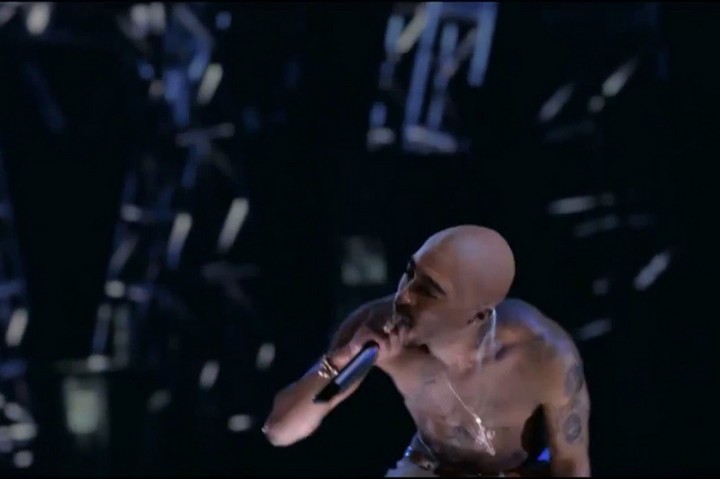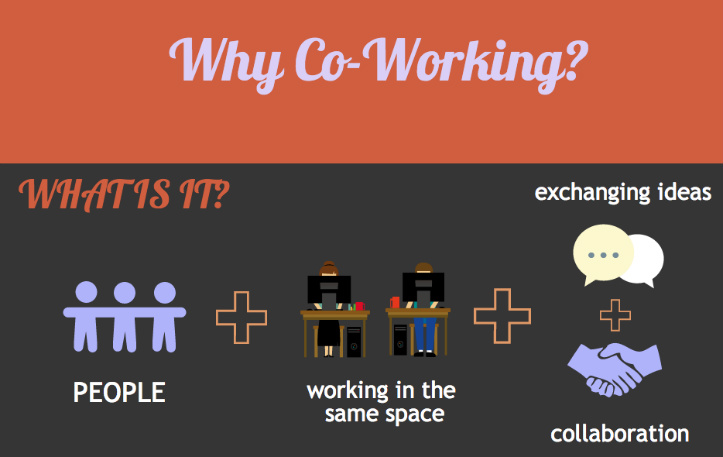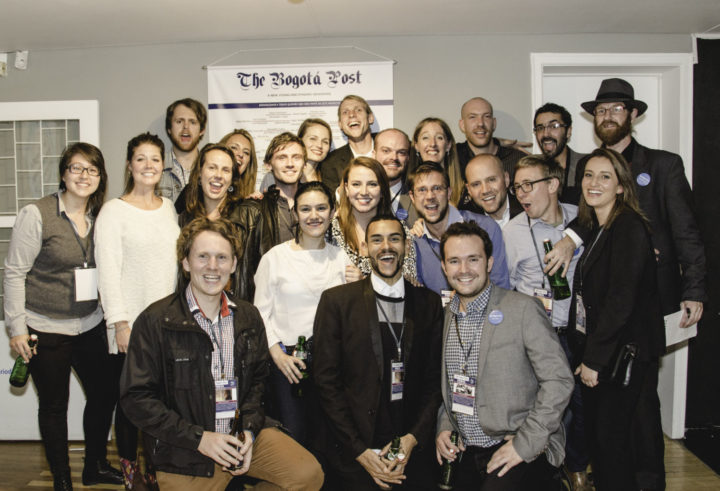
Image via Flickr by evsmitty
What’s in a hologram – if not a wonderful Wizard of Oz joke? A hologram performance harkens back to images of wimps hiding behind a high-tech curtain, but the technology itself presents real opportunities for music legends both alive and late. From Beethoven to the Beatles, the brave new frontier of hologram performances makes musicians mythic. The possibilities for collaborations are endless, but are concert-goers buying in?
Although the technology is still fairly new, several hologram-style performances have sparked debates about the reality of “live” music. Is the path for hologram shows paved brightly or simply blocked together like a bunch of crumbling bricks? Read on to learn where hologram performances emerged and how they’re shaping the future of concert music.
Ghost-Chella and Other First Looks
One of the most popular hologram performances to date remains the Digital Resurrection of Tupac at Coachella 2012. The zombie rapper laid lyrics for around 90,000 festival attendees.
According to Musion, the company that provided the tech behind the talent, “[The virtual performance] was part of a show by Dr. Dre and Snoop Dogg that saw rap artists such as Eminem and 50 Cent ignite the festival as they took to the stage one after another. But it was Tupac’s holographic performance that blew the audience away, mashing minds and sending the crowd insane as the virtual performer, exquisitely crafted in the rapper’s image, took to the stage.”
The so-called Digital Resurrection technology also brought to life other musicians, such as Les Dawson. It’s the same sorcery that could one day bring the Beatles and Beethoven together on stage.
However, not all first looks at this new performance tool reveal the same type of holographic technology beneath. Copycat routines are more likely faded projections and not actual holograms – and there is a difference.
High-Tech vs. Height of Hype
The difference may be in the delivery. It’s what distinguishes high-tech from the height of hype – or rather cunning engineering versus artless novelty. The autonomous sci-fi world of the future isn’t as far as it seems, and when it comes to technology and its impact on media, all industries are affected.
The New York Times asked Shane Smith (the king of music media coverage) how he thinks Vice’s legacy will play out. His response was telling: “It’s our time now. Then, I don’t know, it’ll be holograms next, and some kid will come up and eat our lunch.”
It’s unclear whether Smith is hinting at his own analysis of the music industry or just the state of technology in general. VICE Media is all about covering the height of hype – or the latest stories that’ll still be relevant by the time they go live. Smith, co-founder of VICE (a former Canadian music magazine) and documentary video journalist, is always looking for the next big thing. That’s why it’s no surprise that holograms may loom heavy on his mind. It could represent the future of location-based reporting as well.
For now, VICE focuses on the recent bicoastal collaboration between MIA and Janelle Monae, noting: “Monae’s hologram appeared in New York to drop verse on MIA’s “Bad Girls” and MIA’s hologram appeared alongside Monae in LA for “Queen.” Unlike the dead rappers we’ve seen performing via hologram, this performance aimed more for visual affect than realism.”
And this is exactly the difference between high-tech and the height of hype. The two can co-exist, but for live people and their media managers to be truly replaced by technology there must be a certain level of realism involved for the audience to buy in. That is to say, no matter what the medium – music or video journalism – the human form is still running the show.
Demystifying Hologram Performances
Realism is perhaps the single most mulled over aspect of the value in hologram performances. Truly, the tricks lie only in the type of technology used to create the performance. Musion takes pride in being a leader of multiple types of “holographic technology,” including 3D versions. But not all holograms are created equal. In fact, some of the performances are mere puff projections made to look high-tech.
Projections or Holograms
There’s some confusion about what holographic technology actually is. It’s true, the terms “projection” and “hologram” are often used interchangeably, but there is a difference. Bear with us here, this one’s a doozy.
Turns out, John Pepper, Professor and proprietor of the original hologram technology told Forbes back in 2012, “[…] these days, AV Concepts, the San Diego-based company behind the Tupac performance, used a proprietary Mylar foil, known as Musion Eyeliner, rather than glass. The company said in a press release on Monday that its on-site server “delivered uncompressed media for 3 stacked 1920 x 1080 images, delivering 54,000 lumens of incredibly clear projected imagery.”
There you have it: Even the wildly innovative technology that allows performers to interact with and walk 360 degrees around a virtual performer isn’t a hologram, but a projection. However, rather than debating the integrity of a true hologram’s three-laser light scattering process, let’s just call it all an illusion. Some illusions, such as Tupac’s Digital Resurrection, hold up remarkably well against the tech behind an actual hologram and its manufactured realism; whereas, the MIA/Monae simul-projection was cartoonish in comparison.
The Future of “Live” Performances
Critics are quick to say that holograms will never replace live performances. Conversely, proponents will point out there’s a market for everything. While holograms aren’t necessarily interchangeable for brand new and nuanced live concerts, they do present prospects for future audiences to experience performances from the past.
Furthermore, it also offers opportunities for musicians from different eras to unite and collaborate on stage. Modern day partnerships like MIA and Monae prove the market for smoke and mirrors exists, but there’s still a lot of tape and licensing to sort through before each potential pairing can become a reality.
In the future the high art of concert stage props may be simply replaced with high-tech instead. Would you pay to watch a hologram perform on stage? How do you think this technology will shape all media? Share your thoughts in the comments below.
About the Author:
Joe Fortunato is a professional writer based out of Tampa, FL. As an avid tech fanatic, Joe is constantly on the lookout for new things that will help him enjoy his hobbies: playing golf, brass instruments, cooking ethnic foods, and To find more of Joe’s published work, check out his Twitter profile: @joey_fort.







